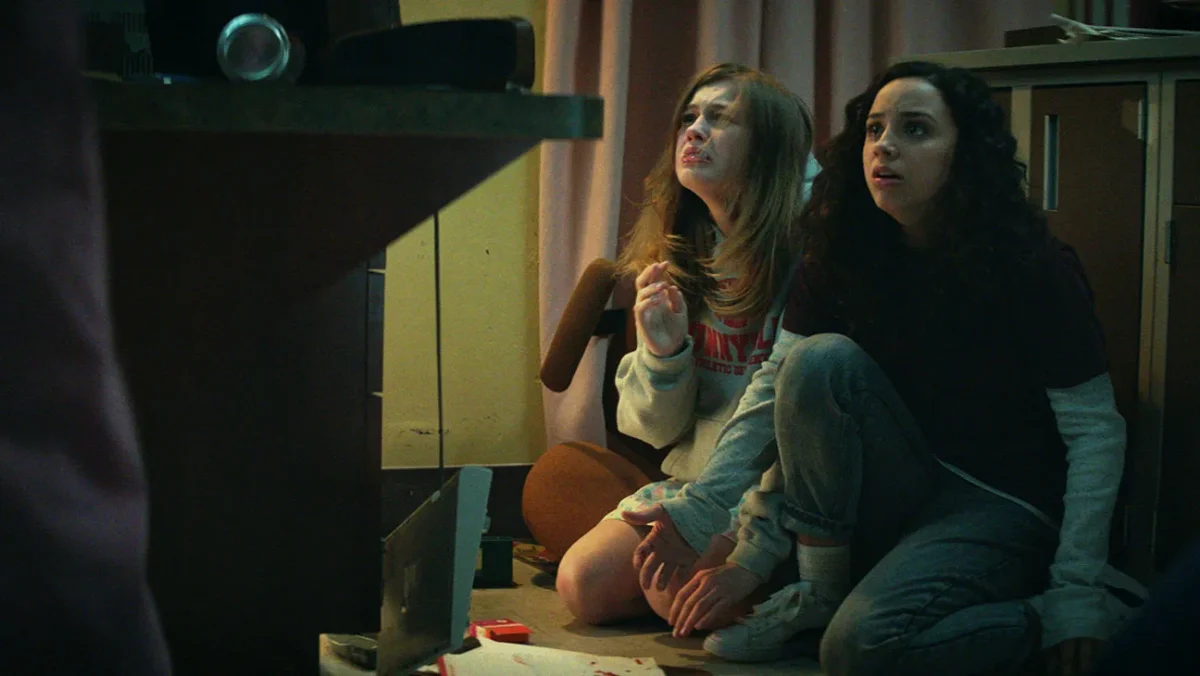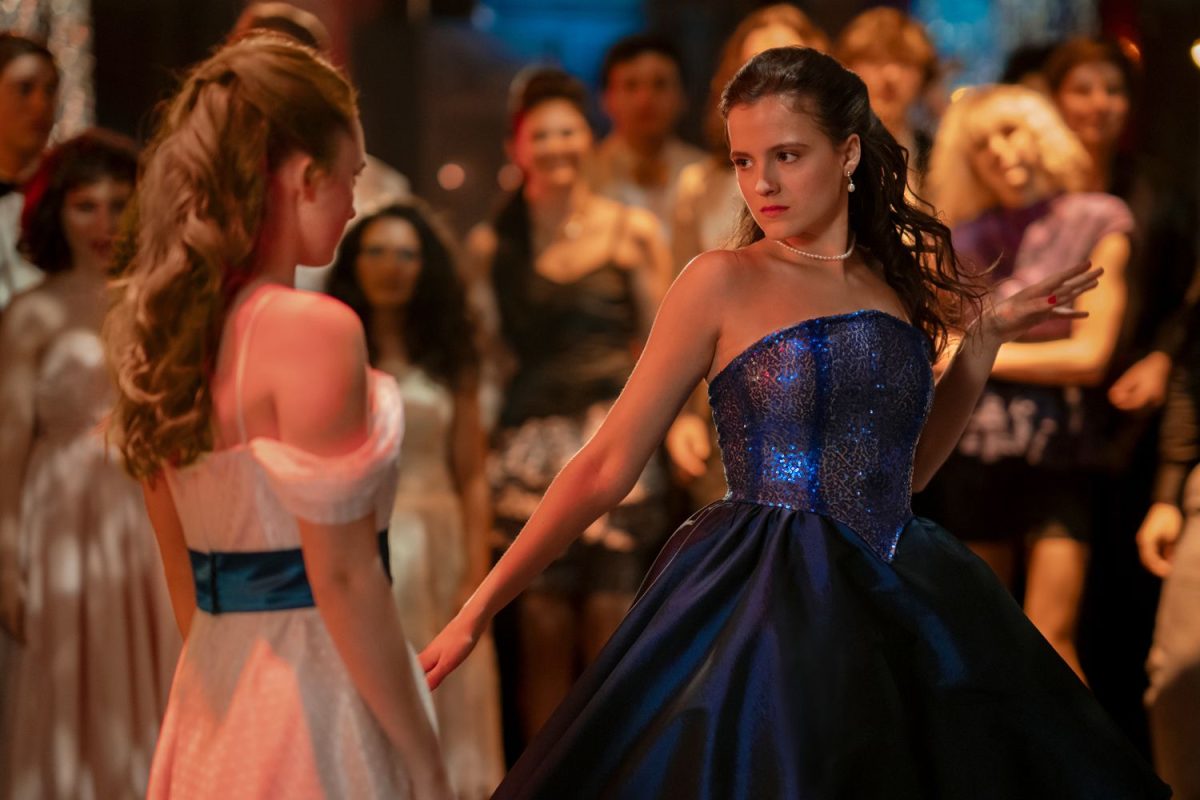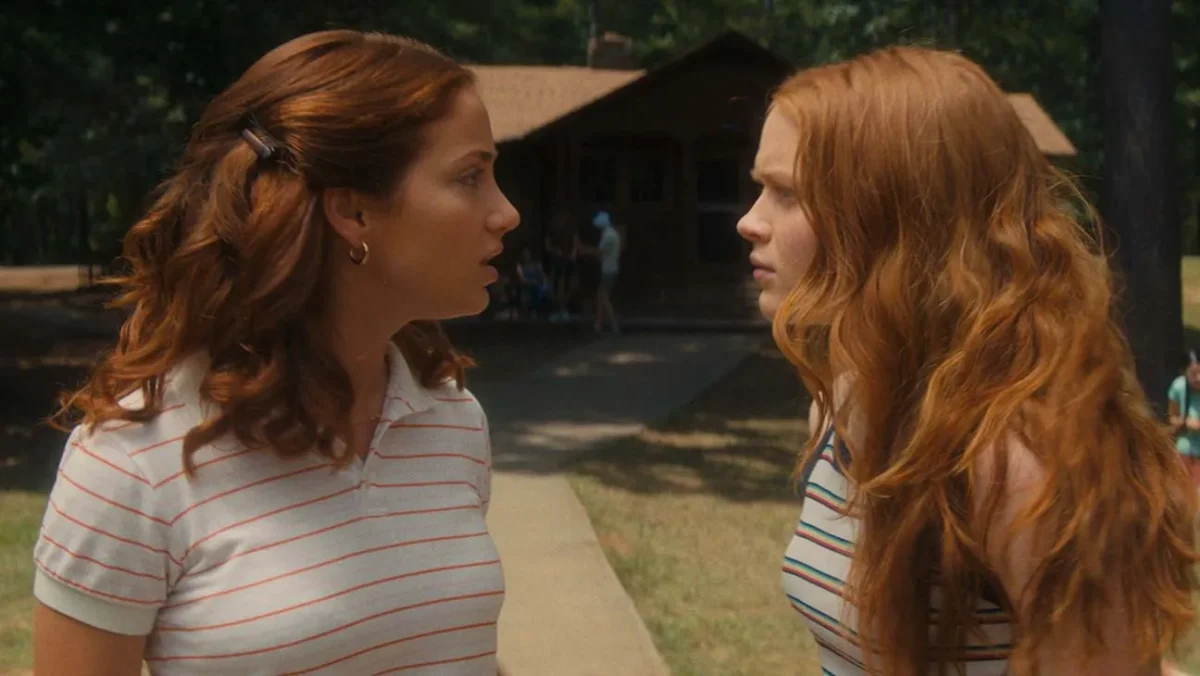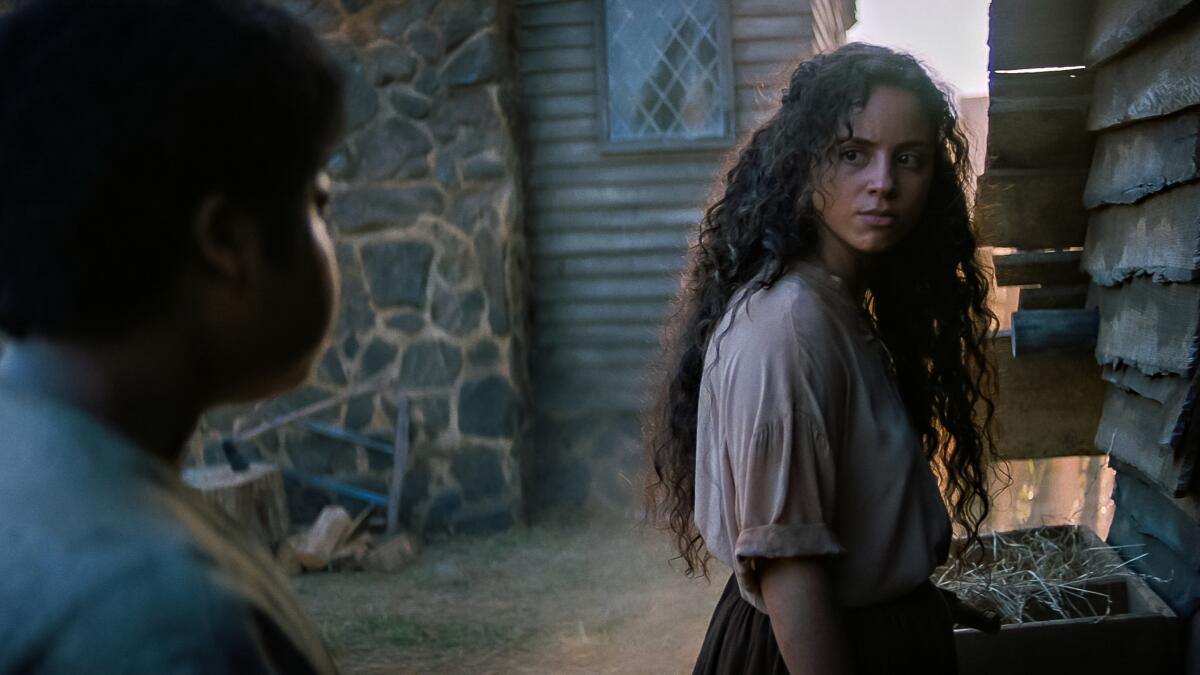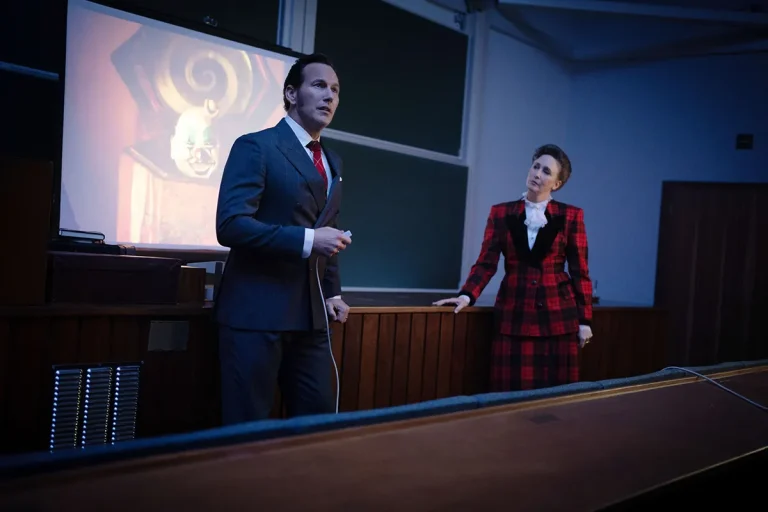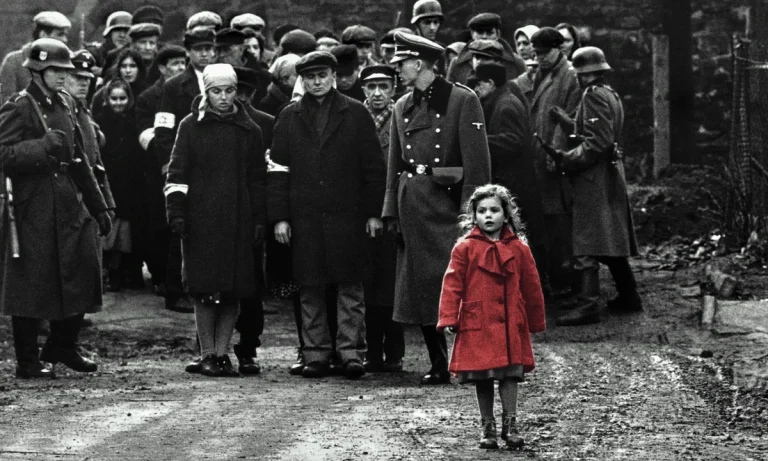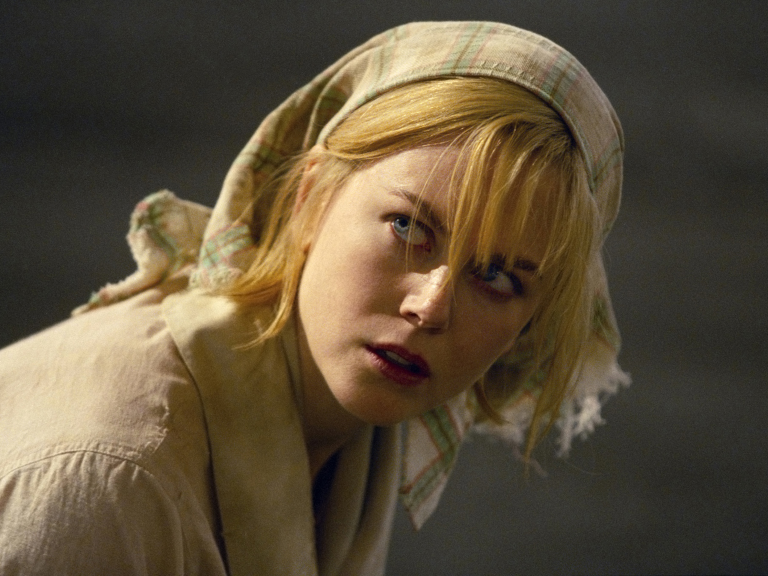R.L. Stine has always held a special place in the hearts of all those who have grown up reading his horror stories, right from the “Goosebumps” novels to the “Fear Street” series. Naturally, one finds their attention piqued upon the release of the latest slasher genre “Fear Street” instalment, “Fear Street: Prom Queen” (2025). The genre of horror has seen many developments in recent years, thanks to improved CGI technology. However, the real thrill lies in tricks from the old playbook of horror that play mind games with the psychology of the audience in the form of anticipation.
Slasher horror films came into being with two cinematic gems from 1960, the first being Alfred Hitchcock’s “Psycho” and the second being Michael Powell’s “Peeping Tom.” Since then, it has undergone an evolution in terms of how it is made. But what still remains at the core of this horror subgenre is the clever pacing, world-building, and the ritualistic choreography of characters getting slashed. The masked menace of Michael Myers from “Halloween” (1978) and the bloodcurdling howls in “Scream” (1996) followed successfully in the footsteps of their cultural predecessors.
“Fear Street,” adapted from Stine’s teenage-centric series, straddles various worlds with finesse, from nostalgia for retro horror tropes (such as old-school kills) to contemporary themes such as queer romance, intergenerational trauma, class consciousness, and the politics of memory. The 2021 Netflix trilogy (1994, 1978, and 1666) was a surprise critical and commercial success. With “Prom Queen,” the series is back, paying homage to slasher films from the late 1990s and early 2000s. Now, let’s revisit the best (and worst) of Shadyside’s bloodied history, from the creepiest kills to forgettable frights.
4. Fear Street Part 1: 1994 (2021)
Bathed in a vivid neon palette, Leigh Janiak’s “Fear Street Part 1: 1994” launches the film series. This part excels in creating an aesthetic of horror set in an urban supermarket. The romance subplot of a queer Black teen feels quite refreshing and not the pure queerbait thing other Netflix shows have tried to pull off, with token queer characters. A suspenseful score by Marco Beltrami and Marcus Trumpp manages to keep the pulse of the film alive.
The infectious energy carried by the attractive visuals, however, fails to cover the thin narrative that barely holds the film together structurally. The sacrifice led by Deena’s friends comes across as cliché. Standout kills such as that of Deena’s friends went viral on TikTok and Instagram, but many critics felt that the characters needed to be fleshed out more. Part 1 does succeed in world-building but falters in delivering characters of proper depth, earning a respectable yet unremarkable spot in the series.
3. Fear Street: Prom Queen (2025)
Directed by Matt Palmer, this standalone sequel to the “Fear Street Trilogy” received an overwhelmingly negative response from critics. On Rotten Tomatoes, only 27% of critics (out of some 60 critics) saw the film in a favorable light. The film suffers from a problem of tonal uncertainty, where characters are not fleshed out and get caught between acting out parts from “Mean Girls” and lacking the self-awareness needed for true camp. The film is connected to the original trilogy by a post-credit scene. It could have benefited more from the culturally mythic world of Shadyside.
If you have a flair for 80s music, then this film’s soundtrack will be a treat for your ears. The usage of songs such as Laura Branigan’s “Gloria and Self Control” and Eurythmics’ “Sweet Dreams (Are Made of This)” helps give the structure of the film a solid setting, and the plot progresses with a tight pace without any lapse. For example, the juxtaposition of “Gloria” to the dance-off between Tiffany and Lori while Melissa is in the bathroom, unaware that the killer is standing on the other side of the mirror, is executed quite effectively. “Prom Queen” comes across as homage sometimes; however, it’s entertaining for casual viewers.
2. Fear Street Part 2: 1978 (2021)
Part 2 excels in those areas where Part 1 failed to land, with more fleshed-out characters and a more developed mythopoetic Shadyside world. Leigh Janiak succeeds in creating a world that you end up deeply caring for. Sadie Sink perfectly embodies the teenage angst of Ziggy Berman, where she is the pragmatic counterfoil to her idealistic sister, Cindy Berman (played with equal conviction by Emily Rudd). It helps in reinventing the summer-camp slasher with surprising emotional weight and genre-savvy storytelling. Some might say the film comes across as too polished, yet its throwback setting and visceral energy carry it through.
The emotionally resonant characters help us in understanding the contrasting class divide between Sunnyvale and Shadyside kids. Part 2 shines brightest when it leans into the messy intensity of teenage life, be it the secret dalliances or personal vendettas and reckless acts of rebellion. Importantly, these moments of emotional drama don’t dilute the horror; if anything, they sharpen it. Each kill is crafted creatively and with a refusal to pull punches, making sure the film never loses sight of its slasher roots.
1. Fear Street Part 3: 1666 (2021)
This film is divided into two parts: 1666 and 1994: Part 2. It is an absolutely triumphant finale for Janiak. The film’s folk-horror aesthetic and witch-hunt allegory work as a subversive commentary on colonial paranoia and patriarchal violence, steeped in superstition and fear-driven politics. Notably, actors from earlier parts of the trilogy return to portray their 1666 counterparts, reinforcing a sense of karmic continuity and metaphysical resonance. This decision not only deepens character arcs but also evokes the cyclical nature of trauma and vengeance across generations. The cross of patriarchal violence many a Sarah Fier had to bear.
Kiana Madeira is magnetic as Sarah Fier, embodying rage, vulnerability, and clarity in equal measure. Elizabeth Scopel, who plays the “real” Sarah, adds a haunting finality to the myth. Ashley Zukerman and Ted Sutherland excel in portraying the chilling duality of Solomon and Nick Goode, morally bankrupt men cloaked in piety and charm. Olivia Scott Welch’s portrayal of Hannah is both tender and quietly powerful, grounding the central queer love story in emotional truth. By the time the final act shifts back into the present, the sense of justice is not only earned but felt naturally.


